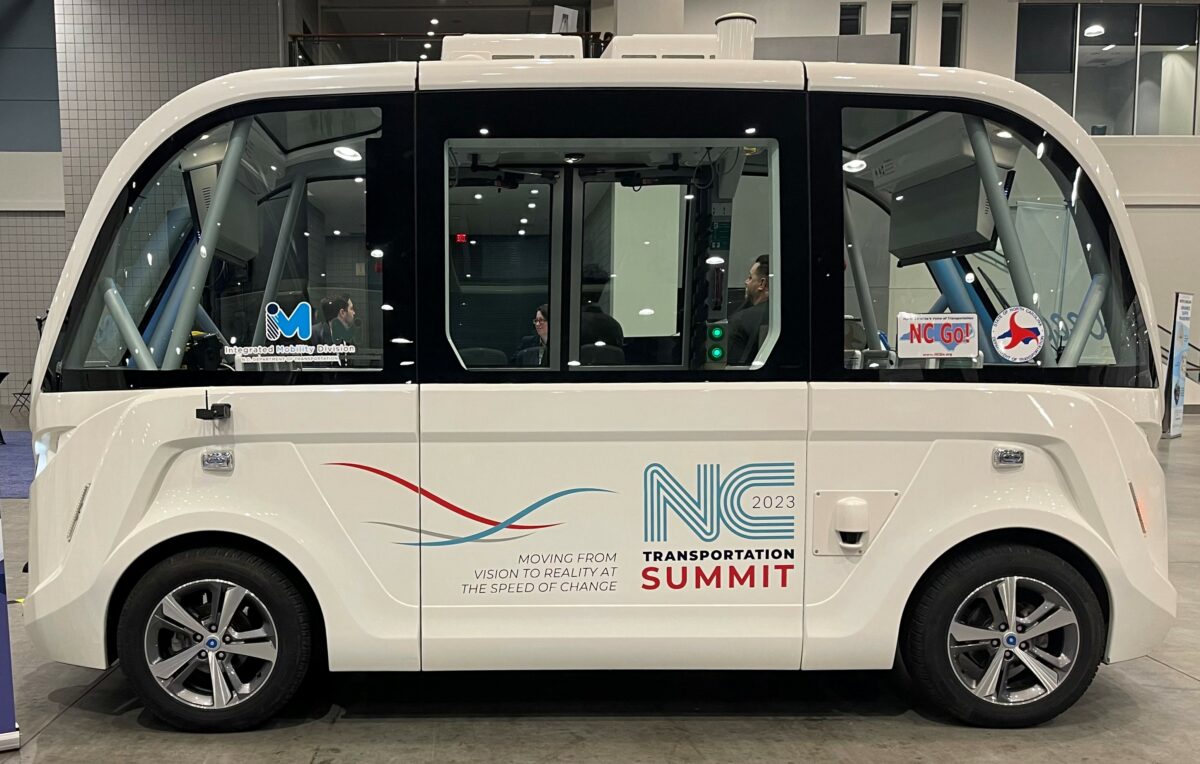As new vehicles are fitted with increasingly elaborate driver monitoring systems (DMS) to ensure occupant safety, issues surrounding data privacy and transparency continue to spur industry debate. Differing cultural expectations regarding data collection, transparency of data use, vehicle occupant awareness of technology, and cyber security are amongst the predominant topics of interest.
These and other DMS issues were discussed during the 2023 ‘Data privacy and transparency within driver monitoring’ event, which was part of the 2023 In-Cabin Brussels automotive interior specialists conference. The panel featured Gunnar Troili, Vice President of Engineering at Tobii, Philippe Dreuw, Chief Product Manager of Interior Monitoring Systems at Robert Bosch, and Bjoern Meyer, Head of Automotive Semiconductor Marketing at Sony Europe.
Culture and transparency
Europe’s approach to data transparency and safety differs from other markets—a key issue for the wider industry. On the possibility of a global DMS data privacy and transparency standard, Meyer is unconvinced: “How much someone considers privacy to be a fundamental value varies worldwide.” He believes GDPR is the result of a cultural mindset around data. “Chinese people think it’s absolutely normal to deal with mass surveillance,” he adds. “It’s a specific European mindset to want to know what data is being used for and if it’s in a person’s interests.”

“GDPR changed everything and does protect people and their data,” states Dreuw. However, a more pressing issue is helping drivers better understand why and how their data is being collected. “More and more in-car data will be recorded, and users need to be better educated about how it is used.”
For Troili it’s a learning process for everyone involved: “Being transparent and open means gaining more and more insight about what drivers do and don’t want.” But new understanding brings with it further expectations. “Drivers will become increasingly aware of what can be done with data and how AI can use it,” Troili adds. “The more we learn, the bigger the challenge and the responsibility.”
Awareness
Another challenge regarding DMS is its potential invasiveness. Through styling, Meyer suggests that OEMs can hide a data-collection feature. “They will present data but won’t show how they’ve measured it via the HMI (human-machine interface).” He expects a shift in the DMS/driver dynamic when cameras are also used for features such as video calls. “People will be far more conscious of the camera in the car and think more about what it’s doing, which will include driver monitoring.”
Dreuw considers users of technology, including DMS, to be generally too blasé about privacy permutations: “Nobody worries too much about Alexa, for example. People need to think more about what data-sharing they’re signing up for, both video and audio.” Meyer emphasises the need for awareness of particularly subtle features, noting: “If the HMI is a general attention warning, a driver might not even know it’s based on camera feedback.”
There’s also the matter of cutting-edge in-car technology. “There’s a big difference between meeting basic data regulations and then enabling additional features like precision-gaze input, for example, which observes eye movement to check driver alertness,” says Meyer. “Those features will require very different systems.” Troili adds that the complexity levels around data capture of bodily states will be an issue: “Features tracking biomedical states will become more popular. In such cases, the user may have both their eyes and brain measured.” One example which will harness such technology is BeyonCa’s Renault-backed driver health-monitoring system, due for launch in 2024. This is a long way from collecting heart-rate data from a steering wheel, and its storage prompts further questions about where the data is stored and whether it’s adequately protected.
Key challenges
“The first data-driven driver systems were all in-house hardware,” Meyer says. Now, data is often remotely stored and thus more widely susceptible—a fact that needs further clarity for DMS users. “There are cloud issues and remote storage problems,” he adds. Cyber security is a fundamental design consideration, and security software needs consistent reiterative updates to prevent data manipulation and potential danger. “We must consider worst-case hypotheticals, such as a driver feeling drowsy or even falling asleep at the wheel, but the car still thinks the driver is awake due to some kind of hack. We need to better consider all interconnected products.”
Drivers will become increasingly aware of what can be done with data and how AI can use it
Meyer also cites an additional hypothetical: the monetisation of DMS. “Would drivers be willing to trade data for a reduction on insurance fees as an incentive? Would parents of teenage drivers in the US consider this a potentially valuable service?” Recent research indicates that doing so can have positive effects on driver behaviour. For example, a 2021 Australian trial published by ScienceDirect— ‘The effect of telematic based feedback and financial incentives on driving behaviour’—found statistically significant reductions in risky driving behaviour.
Concluding the discussion, Dreuw emphasises the main point of DMS technology: “Driver data systems should benefit the driver. Ultimately, we want to save lives.” If there are other reasons for the collection of driver data, drivers need to know what they are. DMS data will only become more complex as systems are used for an increasing number of functions. The explanations behind its capture and storage need to be simple while still telling the whole story.


